- understanding-motor-development-and-trampolines
- physical-benefits-of-trampoline-use
- trampoline-activities-for-enhancing-motor-skills
- improving-balance-and-coordination
- case-studies-and-personal-experiences
- choosing-the-right-trampoline-for-development
1. Understanding Motor Development and Trampolines
Motor development is a critical aspect of growth in children, encompassing the progression of gross and fine motor skills necessary for everyday activities. Gross motor skills involve large muscle groups used in activities like jumping, running, and climbing, while fine motor skills focus on smaller movements such as grasping or hand-eye coordination.
How trampolines can support motor development lies in their unique ability to engage multiple muscle groups simultaneously while requiring balance and spatial awareness. The repetitive bouncing motion stimulates the vestibular system—responsible for balance—and enhances proprioception, which is the sense of body position. These elements are foundational to motor skills growth and physical confidence.
2. Physical Benefits of Trampoline Use
Using a trampoline offers numerous physical benefits that contribute to motor development. First, the act of jumping strengthens core muscles, legs, and improves cardiovascular health. It also promotes flexibility and endurance. The continuous adjustments the body makes during bouncing enhance muscle tone and joint stability.
Moreover, trampolining encourages the development of spatial orientation. As children learn to control their movements on an unstable surface, they build agility and reflexes, which transfer to other physical activities and sports. This holistic physical engagement makes trampolines an effective tool for supporting motor development at various stages.
3. Trampoline Activities for Enhancing Motor Skills
Specific trampoline exercises can target different motor skills. Simple bouncing is excellent for beginners to develop rhythm and coordination. Progressing to activities like seated jumps, tuck jumps, or lateral jumps helps improve balance and bilateral coordination.
For children, games such as “Simon Says” on the trampoline or following jump patterns can integrate cognitive elements like memory and listening skills alongside motor development. Adults can also benefit from trampoline workouts designed for balance and strength, which emphasize controlled movements and postural awareness.
4. Improving Balance and Coordination
Balance and coordination are essential components of motor development that trampolines effectively enhance. The unstable surface of a trampoline forces users to constantly adjust their body position, improving neuromuscular control. This makes trampolines particularly beneficial for children developing these skills or for adults undergoing physical rehabilitation.
Additionally, trampoline use encourages bilateral coordination—the ability to use both sides of the body in a controlled manner. Activities that require crossing the midline, such as twisting jumps or alternate leg bounces, stimulate brain hemispheres and enhance motor planning.
5. Case Studies and Personal Experiences
Families and therapists have reported significant improvements in motor skills through trampoline use. One case involved a child with delayed motor milestones who, after consistent trampoline sessions, showed enhanced balance and improved walking confidence. Another story highlights adults recovering from injuries who used trampoline exercises to regain strength and proprioceptive awareness effectively.
These real-life examples demonstrate how integrating trampolines into daily activities can be both fun and therapeutically beneficial, supporting motor development in diverse populations.
6. Choosing the Right Trampoline for Development
Selecting the appropriate trampoline is crucial for safety and effectiveness. For young children, mini trampolines with safety handles provide stability while encouraging independence. Larger backyard trampolines offer space for varied exercises and group activities, ideal for older children and adults.
Features to consider include the trampoline’s surface tension, frame durability, and safety nets to prevent injuries. The right equipment enhances confidence and maximizes the developmental benefits of trampoline use.
For those interested in exploring trampolines as a tool for motor development, visit Trampoline Zone to find the best products and expert advice tailored to your needs. Embrace the fun and physical benefits of trampolining to support healthy development and active lifestyles.


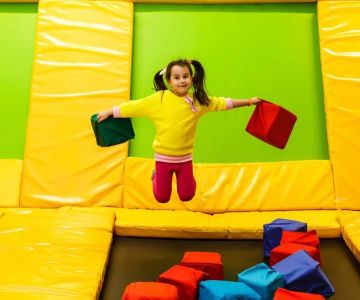
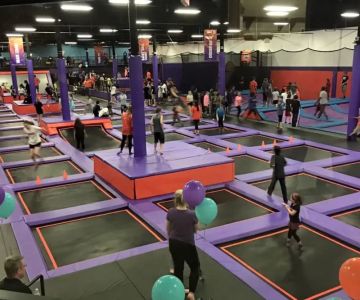
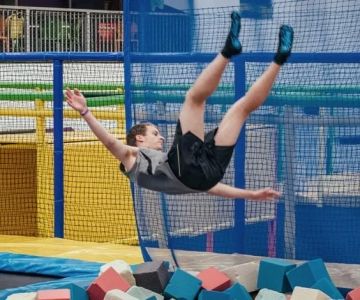
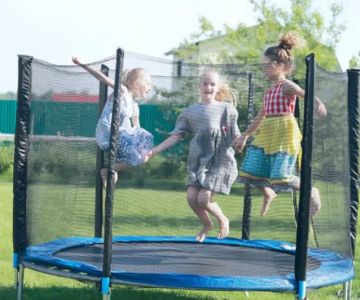
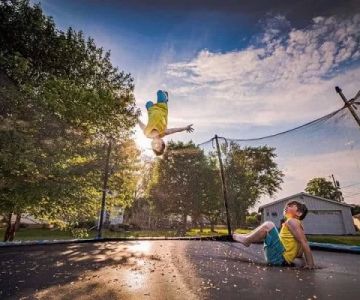
 Pump It Up Lake Forest Kids Birthday and More4.0 (280 reviews)
Pump It Up Lake Forest Kids Birthday and More4.0 (280 reviews) Urban Air Trampoline and Adventure Park4.0 (349 reviews)
Urban Air Trampoline and Adventure Park4.0 (349 reviews)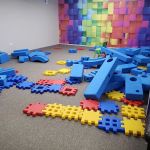 Church Street Plaza4.0 (731 reviews)
Church Street Plaza4.0 (731 reviews) Fun City Adventure Park3.0 (162 reviews)
Fun City Adventure Park3.0 (162 reviews) Riki Tiki's Indoor PlayGround4.0 (35 reviews)
Riki Tiki's Indoor PlayGround4.0 (35 reviews) Urban Youth Park - South Bay4.0 (107 reviews)
Urban Youth Park - South Bay4.0 (107 reviews) Are Trampoline Parks Safe for Kids? Essential Guide for U.S. Parents
Are Trampoline Parks Safe for Kids? Essential Guide for U.S. Parents How Often Should You Replace Trampoline Springs? Tips for Proper Maintenance
How Often Should You Replace Trampoline Springs? Tips for Proper Maintenance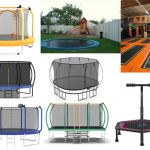 How Much Is a Trampoline? A Detailed Guide to Trampoline Costs and Buying Tips
How Much Is a Trampoline? A Detailed Guide to Trampoline Costs and Buying Tips Bounce Techniques for Stronger Legs: Effective Exercises and Tips
Bounce Techniques for Stronger Legs: Effective Exercises and Tips Essential Music Gear for Trampoline Dance: Complete Guide
Essential Music Gear for Trampoline Dance: Complete Guide Fun STEM Experiments Using Trampolines to Spark Curiosity and Learning
Fun STEM Experiments Using Trampolines to Spark Curiosity and Learning